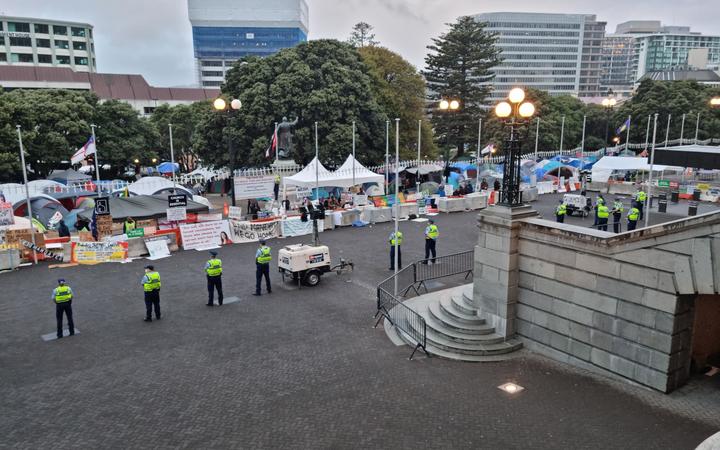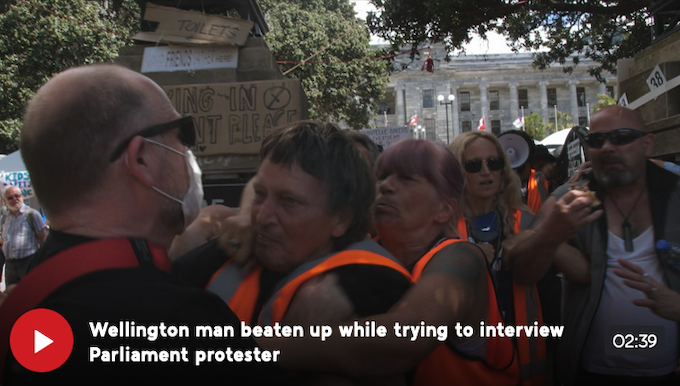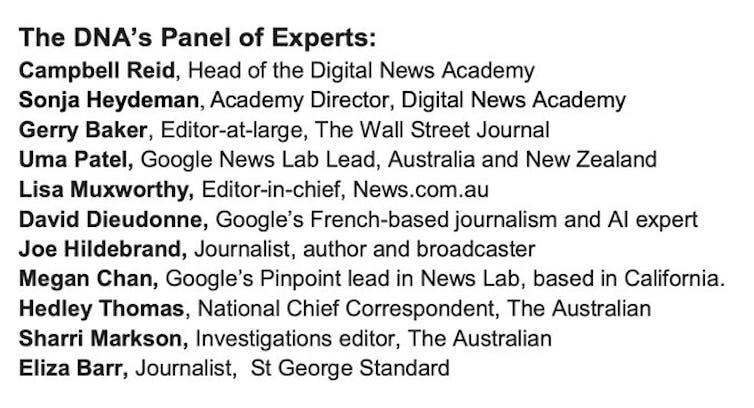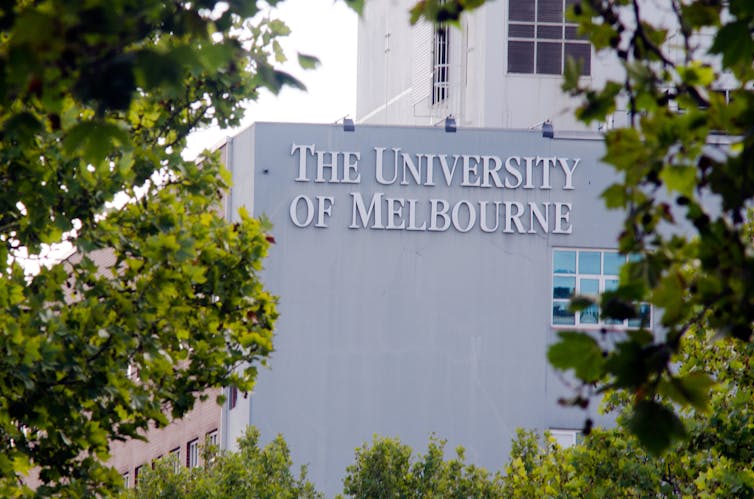When reason hath to deal with force, yet so
Most reason is that reason overcome.— Paradise Lost (6.125-126)
As the Western elites continue to pour weapons into Ukraine to the delight of the armaments industry and the closet Nazis of Natostan, the cult of neoliberalism, which put the Banderite regime in power during the Obama years, reaches new depths of degradation with each passing day. Both at home and abroad, the schizophrenic rift between the language of neoliberalism and the actual policies that these creatures support continues to widen. The increasingly delusional trajectory of the queen of cults is propelling us into a new dark age where literacy, reason, the rule of law, and even the survival of our species are in danger.
Subconsciously, neoliberals believe that they are carrying on in the tradition of the Enlightenment, the abolitionists, the New Dealers, the civil rights activists, and the anti-war activists that marched against the Vietnam War and the bombings of Laos and Cambodia. In actuality, what they offer today is lawlessness, unfettered capitalism, biofascism, deunionization, war, sectarianism; and the multicultural curriculum, a cousin of Banderite education, as both are predicated on the anti-humanities. It is this sophomoric hubris of neoliberals, the macabre fantasy that they are sensible, rational, and moral beings while the heathens represent intolerance, ignorance, and bigotry, which blinds them to the barbarism of their deeds. Like the lost souls in Plato’s Allegory of the Cave, neoliberals believe they are firmly grounded in reality, when they are enslaved to venal public health agencies and a mass media brainwashing apparatus which have entrapped them in a world of deception and lies — a world of shadows.
While Ukrainian civilization is inextricably linked with Russian history and culture, Banderite education is anchored in Russophobia, its antithesis. Having extirpated all things Russian from their lives, Ukrainian state ideology has become synonymous with hating Russians. No less rooted in self-cannibalization, the multicultural society has become synonymous with a hostility towards the American canon and all things Western. Both are depraved, totalitarian, anti-intellectual and anti-democratic dogmas. As Orwell wrote in 1984, “The past was erased, the erasure was forgotten, the lie became the truth.” Beware the anti-humanities, for they are the handmaidens of totalitarianism.
Indeed, identity politics and Banderite indoctrination have spawned tens of millions of illiterate, nihilistic, and atomized individuals that are devoid of a legitimate culture, cannot place current events in their appropriate historical context, are inculcated with loathing for an imaginary enemy, and can easily be manipulated by oligarchic forces. Nazi and Zionist indoctrination achieved similar results. Notably, the Russophobia in the West increasingly resembles the Russophobia in Ukraine prior to the Maidan putsch (see here and here).
The idea that neoliberalism is anchored in “anti-racism” is nonsensical, as not a day goes by without more dumbing down of children of color, mindless hate-filled rants against Russians and white people (excluding Nazis in Eastern Europe and the ones with lots of money); while the anti-white jihad ideology imbues the younger generation with a desire to launch a crusade against all things “racist.” This encompasses everything from Shakespeare to Mozart, to the principle of bodily autonomy, to the Constitution and the Bill of Rights, to disposable white workers themselves. This is the most dangerous form of bigotry – sectarian hatreds that are knowingly and willfully cultivated in an education system charged with the task of molding impressionable young minds.
When not smashing unions to the wall, burning books, dismantling informed consent, and fomenting ghettoization, neoliberals can be found spending trillions of dollars dropping bombs on people and supporting death squads. Indeed, the sociopathy of American humanitarian interventionism is glaringly on display with regards to the Biden administration’s support for the Banderite regime.
Like Pavlov’s dogs, neocons and neolibs alike clamor for hellfire to be unleashed on whoever is the latest to be vilified: anti-vaxxers, conspiracy theorists, Serbs, Russians, the Taliban, the Iraqis. Entire societies are deemed to be somehow synonymous with their alleged dictators. While faux leftists have imaginary conversations about Russiagate, children in Mariupol are acquiring a real-world understanding of the horrors that have been inflicted on their society as a result of the US-backed Maidan coup. Yet we must follow these virtuous crusaders, who applaud their government for giving billions of dollars in weapons (or complain that it is insufficient, for the most fanatical) to a Banderite regime which permits fascists to get on television and openly call for genocide in the Donbass. Meanwhile, a vast swath of American society lacks adequate health insurance, adequate employment, education, the rule of law; and increasingly, even a society. As many a wise babushka can explain, before the specter of Ukrainian nationalism once more reared its ugly visage, western and eastern Ukrainians lived in peace with one another. Undoubtedly they would still, were it not for Washington providing the Banderite entity with enormous amounts of diplomatic aid, arms, military training, and assistance in executing psyops.
The idea currently being bandied about by a number of presstitutes and congressmen, that we could nonchalantly waltz into a third world war, as it would likely be confined to the use of conventional weapons, is indicative of a society that has lost the ability to engage in rational fact-based discussions. If there is a third world war, it will be nuclear. The Kremlin is not going to allow a repeat of Operation Barbarossa, and senior Kremlin officials have explicitly stated that they are not going to permit another war to be fought on Russian soil. This deranged thinking is yet further evidence of a society that has, over the past thirty years, been transformed into a diabolical cesspit of lies, propaganda, and deceit.
Some have speculated that there is a cabal in Washington pushing for a third world war, wagering that Europe and Russia would be destroyed, but that the US would somehow escape the carnage unscathed as transpired after the first two world wars, and that the American ruling establishment would then be able to create a new financial system which would cancel American debt and reverse the looming threat of de-dollarization. Should things degenerate to the point where the Russian military is targeting London, Paris, and Brussels is it not likely that major American cities would also be targeted?
While neoliberals wallow in the pathologies of cult dogma, the Russians are acutely aware of the following facts: the Banderite coup was orchestrated by Washington; battalions and death squads comprised of neo-Nazis and ultranationalists have been armed, funded, and trained by the West; and that Western presstitutes have fallen head over heels in love with Russophobia and are providing the Banderite regime with assistance in carrying out false flag operations. Furthermore, they are aware of the fact that Washington is providing the Banderite entity with information regarding Russian troop movements, a very delicate and dangerous tightrope indeed. In “Russia Formally Warns US to Stop Arming Ukraine,” Dave DeCamp comments on this ominous line that NATO is walking:
On top of arming the Ukrainians, the US is also providing them with intelligence for attacks on Russian forces. The huge amount of support raises questions about at what point Russia would consider the US a co-belligerent in the war.
Principles which were once deemed inviolable such as freedom of speech, the presumption of innocence, habeas corpus, the informed consent ethic, privacy, a healthy fear of nuclear war, integration, and even the notion that a democratic society must have an informed and educated population, are being swept away. The result is lawlessness, despotism, and savagery. Uncontrolled immigration, the anti-humanities, and offshoring, which together with medical mandates neoliberals look to as magical elixirs with which to solve every domestic problem, have commodified human beings and turned workers into interchangeable parts that lack any sense of ethics, class consciousness, a shared history, and can easily be manipulated and controlled. The Weimarization of America is well underway, and all things sacred are in danger of being lost.
The neoliberal notion of “tolerance” has become a euphemism for extremism, biofascism, book burning, and illegal wars of aggression. Witch hunts against heretics have become normalized, and it is becoming increasingly difficult to have rational discussions about incredibly serious political and socio-economic problems. The idea that the multicultural curriculum and identity studies “fight racism” when they constitute its quintessence is no less divorced from reality than the notion that a democracy can survive without the First Amendment, the Nuremberg Code, or any respect for international law. The lack of any empathy or remorse in the face of countless lives destroyed as a result of “humanitarian interventions” in Iraq, Afghanistan, Libya, Syria, Yemen, Ukraine, and Yugoslavia is coming home to roost.
“Education” has become a euphemism for fomenting sectarian hatreds and increasingly specialized job training. Revealingly, Americans with the most advanced degrees are often the most inclined to believe in the infallibility of the legacy media and the public health agencies. With a diseased society that teaches young people to kowtow at the altar of materialism and careerism while blindly following “the experts,” self-imposed ignorance is increasingly necessary to “get ahead.” Except in unusual circumstances, physicians speaking out against the Branch Covidian coup d’état will lose their jobs. The same fate would undoubtedly befall a mainstream journalist attempting to educate their readers about the gruesome realities of US foreign policy, or a professor criticizing identity politics and the scourge of tribalism.
The Guardian’s squeamishness over London cyclists being too white and male coupled with their fondness for Ukrainian nationalists – real racists – who have wiped entire Donbass villages off the face of the earth and committed crimes against humanity, is emblematic of the unhinged, devious, and wicked nature of neoliberal cult ideology.
American universities – automaton training facilities which churn out millions of aspiring Karl Brandts, Adolf Eichmanns, and Albert Speers each year – have created a conscienceless technocratic class on the carcass of what was once a sound middle class. As any number of reporters that covered the Nuremberg trials undoubtedly discerned, hyper-careerism and hyper-specialization foment amorality, and like vultures hover menacingly whereon the anti-humanities feed. Even the original Nazi doctors would have dismissed the idea of giving an experimental vaccine series to every German in Europe as utter lunacy. Yet to millions of shameless faux leftists these policies are necessary for “the greater good,” and predicated on “the science.”
That talking heads are permitted (or perhaps even encouraged by shadowy intelligence agencies) to call for people like Tucker Carlson and Tulsi Gabbard to be arrested for questioning the official Ukraine narrative is inextricably linked with the growing illiteratization and the fact that classes in civics have been expunged from the curriculum. This growing pathologization of dissent poses extremely serious risks to the First Amendment, as liberals are increasingly slandering their critics as mentally ill, evidence that biofascism’s war on informed consent poses a grave threat to our survival as a rule of law state. Should Democratic Party devotees attempt to commit (or section, as the British say) people such as Carlson and Gabbard, what legal mechanisms will prevent this from happening now that the informed consent ethic has been all but totally destroyed?
The authoritarianism of neoliberals is directly proportional to their growing disconnection from reality; and the more delirious the faithful become, the more they believe they are the paragon of reason.
James Howard Kunstler correctly points out on his blog that, in addition to the mass media, social media has played a significant role in fomenting this epidemic of demented ideation:
All this coerced insanity has been nurtured by social media’s sly mechanisms for bending narrative into propaganda: their beloved algorithms, all fine-tuned to destroy anything that touches on truth. The result is a country so marinated in falsehood that it can’t construct a coherent consensus of reality, and can’t take coherent actions to avert its own collapse.
It is remarkable that the New Deal, the public education system, the Constitution, the Bill of Rights, any semblance of integration, a free press, the Nuremberg Code, and efforts to demilitarize and establish a single-payer health care system were obliterated in the name of “fighting racism,” “fighting sexism,” “fighting white supremacy,” and “fighting misogyny.” These words have become akin to dog commands, except unlike humans canines do not burn books, exploit slave labor, give weapons and military training to death squads, torture, or drop bombs on people.
Indie conservatives typically understand the dangers of identity politics and the Branch Covidians, yet often lack an adequate understanding of US foreign policy and the threat to democracy posed by unfettered capitalism. Before most leftists were enveloped by a pall of madness, that was their job.
Assuming we aren’t incinerated in a nuclear conflagration, how will reason and checks and balances be restored in a country run by toddlers, book burners, unscrupulous careerists, and homicidal maniacs? Irregardless of whether we witness the triumph of anti-white jihad, a Confederate white supremacist revival, or a takeover by the Christian Right (unlikely in this environment, as they are no fan of forced vaccination) the left’s self-evisceration threatens our existence as a civilized society and is slowly opening the harrowing portal of perdition.
Should the pendulum swing back to the traditional far-right and neoliberals dethroned, what laws will be in place to protect those who have been deposed and dispossessed? As neoliberal cultists are no longer living in the reality-based world, and are seemingly incapable of acknowledging the consequences of their actions, the path towards the spires of reason and solidarity will be difficult to forge in the long and arduous days that lie ahead.
The post The West Has Fallen Into Darkness first appeared on Dissident Voice.This post was originally published on Dissident Voice.























 Unemployment down
Unemployment down Wages up
Wages up More people on company payrolls than pre-pandemic
More people on company payrolls than pre-pandemic #JohnsonOut
#JohnsonOut 

